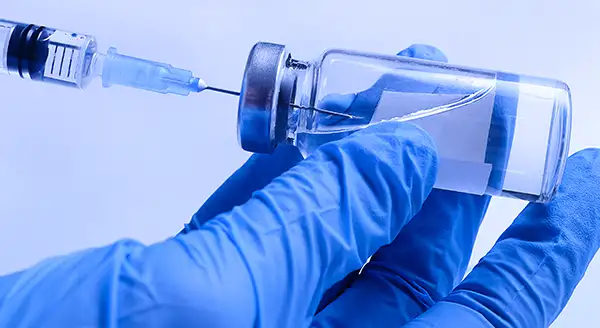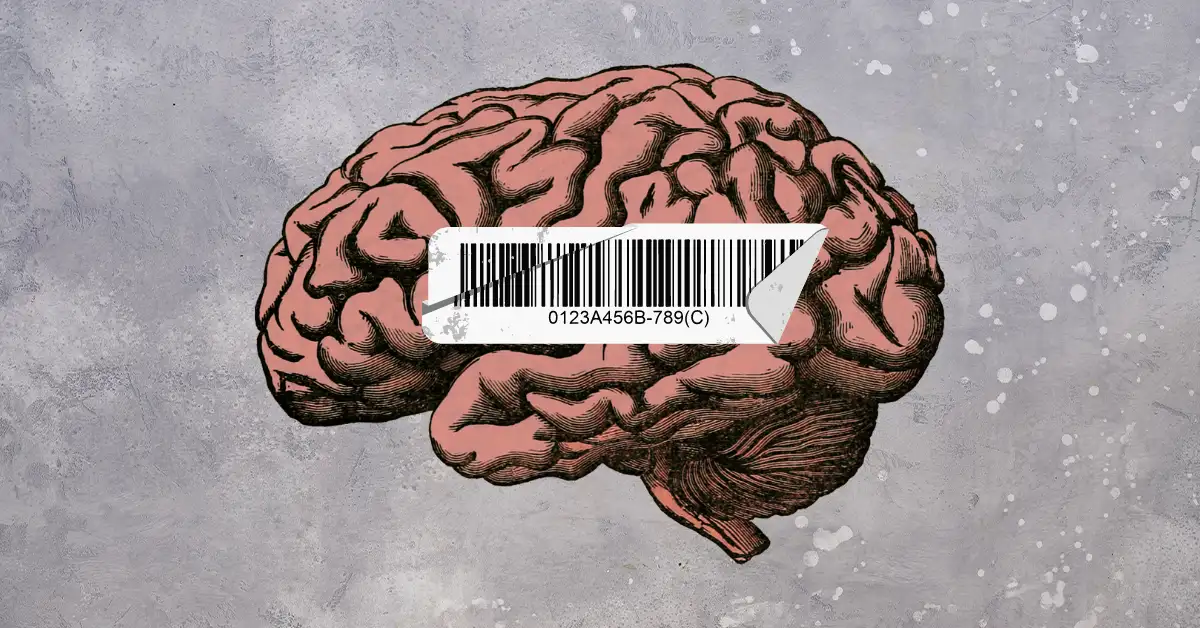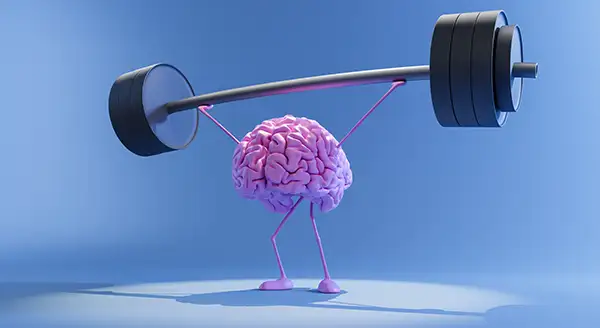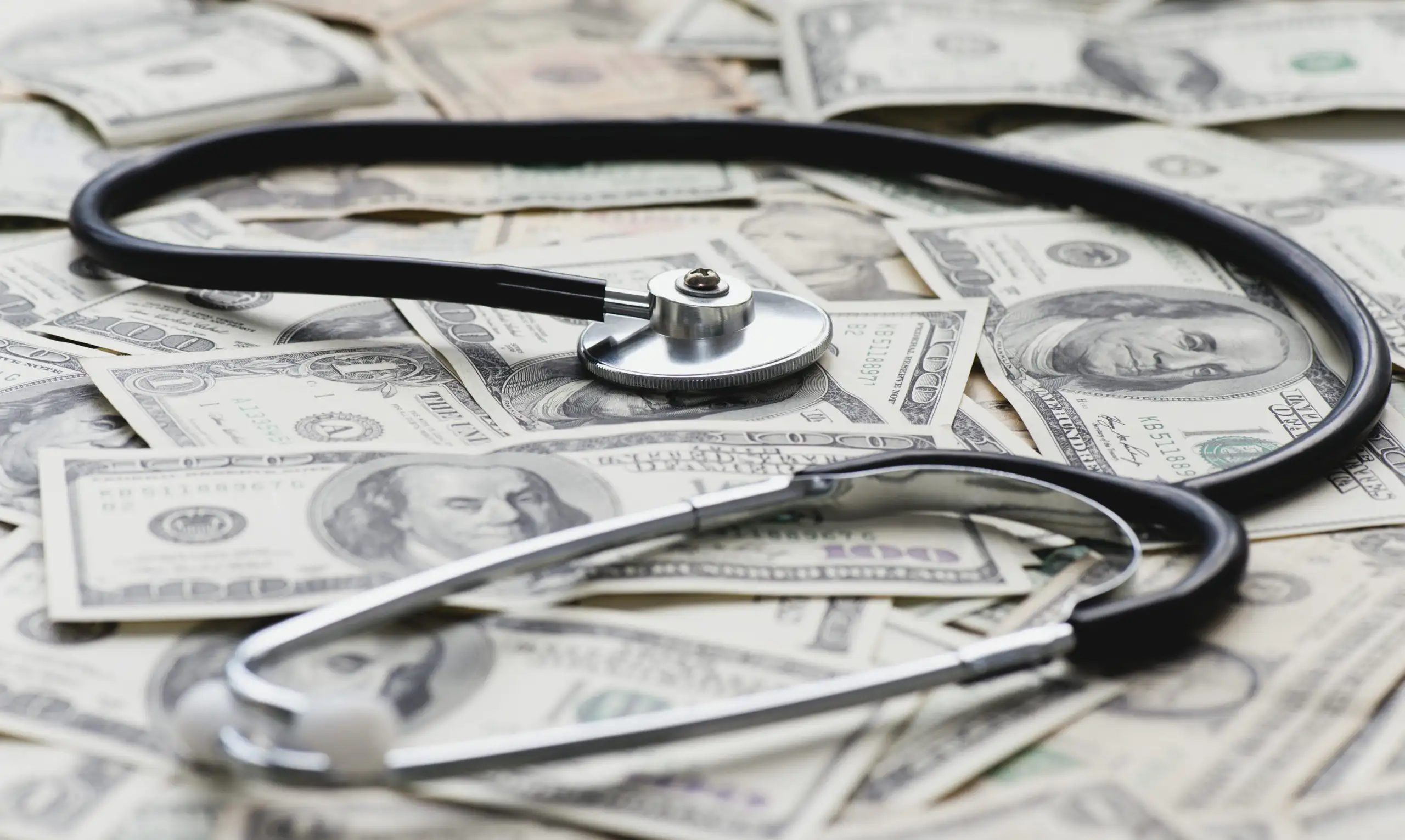Following the pandemic, anxiety and depression increased by 25% globally.
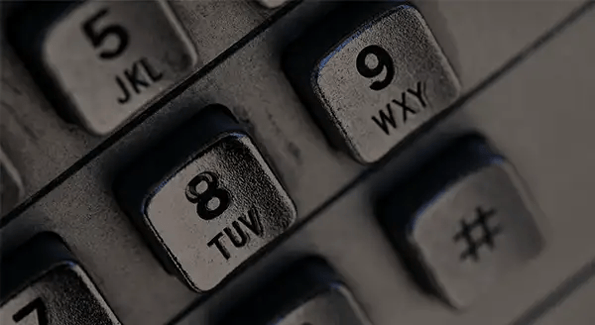
In the US, that’s combined with a huge gap in care: Over 50% of adults with a mental illness do not receive treatment, even as suicidal ideation and substance abuse are on the rise.
Enter 988.
Designed to be easy to remember, like 911, it now connects to the 988 Suicide and Crisis Lifeline (formerly known as the National Suicide Prevention Lifeline) and its network of trained professionals at 200+ crisis centers nationwide.
But some advocates worry it isn’t enough
Though the Biden admin dedicated $432m toward building 988’s capacity, only 13 states have dedicated funding to it, while a survey of public health officials found only 16% have a budget plan, per NPR.
Meanwhile, call volume is expected to triple in the first year. Kaiser Family Foundation researcher Heather Saunders told Marketplace that, while it’s a good thing that more people may seek help, current infrastructure may not be adequate.
Others have cited concerns over privacy, involuntary hospitalization, and potential interactions with police.
And the truth is a bit complicated
Benjamin Miller, president of Well Being Trust, told NPR that 2m+ people with mental illness were booked in jail in 2021, while a quarter of fatal police shootings have involved people with mental illnesses.
- 988 is meant as an alternative to 911, and says it doesn’t trace callers’ locations, but will provide emergency services with someone’s phone number or IP address if it’s determined that they are suicidal or homicidal.
The hotline says less than 2% of calls result in emergency services and, of those, over half occur with the caller’s consent.
But some callers…
… say police showed up even when they didn’t say they were suicidal.
- One man told Mad in America he was hauled off in front of co-workers.
- A woman said she got a huge hospital bill after being held in a facility.
Unsurprisingly, stuff like this doesn’t help people who are struggling. So, while it may be unlikely — and while more resources is generally a good thing — people should know it is possible.
For more: Check out suicide researcher E Krebs’ in-depth Twitter thread about crisis lines.





